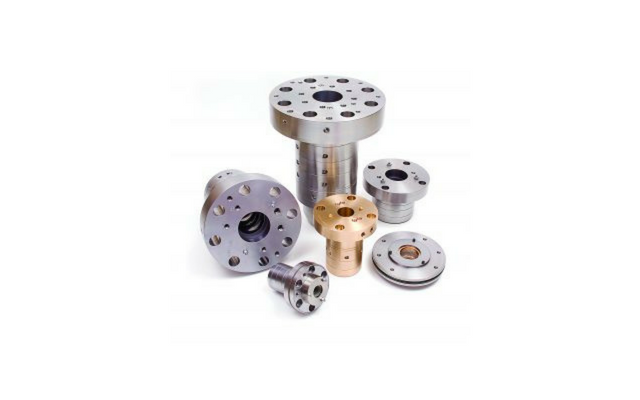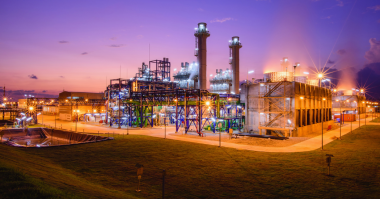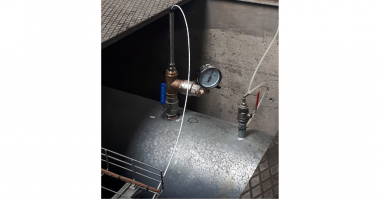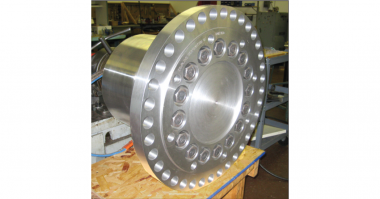In 2013, a customer on the West Coast of the U.S. approached Cook Compression to discuss how they could comply with the increasing emission regulations in the region. This was a critical issue to the customer, directly affecting their bottom line. Discussions between Cook representatives and the customer’s corporate office went on for years. During the final two years, the customer engaged its plant facility managers in identifying – and proposing solutions to – emission-related issues. At the center of the discussions were packing cases, which are typically the primary source of leakage in reciprocating compressors.
In order to determine the best solution, the customer designed an experiment: Three packing cases from three different vendors, including Cook, would be placed head to head on three identical cylinders operating under identical parameters. Under Cook’s recommendation, flowmeters would be installed to quantify the emissions out of each cylinder.
Cook Compression’s approach was to provide low-leak packing specifically designed for low-emission applications. After a detailed review of the operating conditions and gas composition, the proper sealing elements were selected to ensure that no excess heat would be generated. This coupled with proper material selection allowed for an effective and reliable seal.
The three packing cases, along with the suggested flowmeters, were installed side by side in March 2017. Cook’s custom-engineered packing case proved to be a superior solution, exhibiting a much lower leakage rate than the competitor solutions. Emissions from the Cook Compression packing case was 5 times lower than that of the next best performer.
In July 2017, a Cook Compression representative was at the customer’s site and examined the flowmeter readings for cumulative gas emissions. The Cook packing case was still, by far, the superior solution. Due to the success, the customer has requested Cook packing cases not only for this facility but for others as well.





Comments